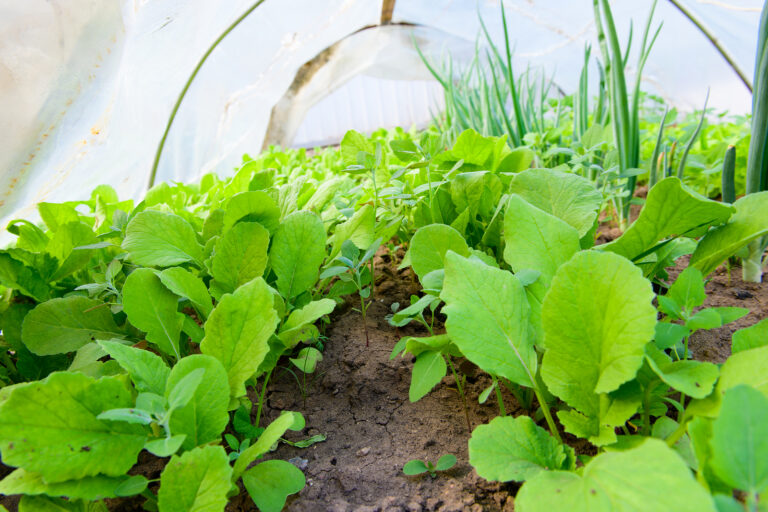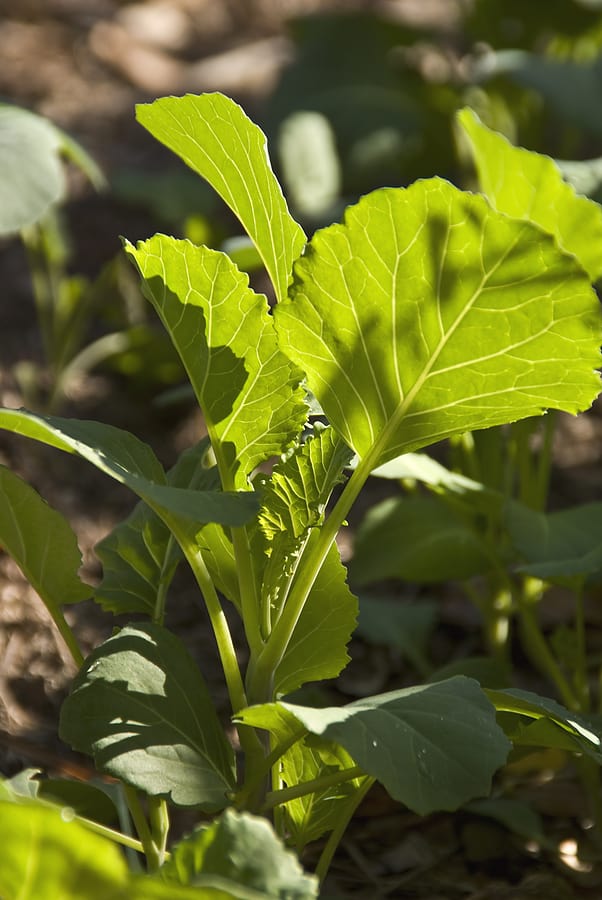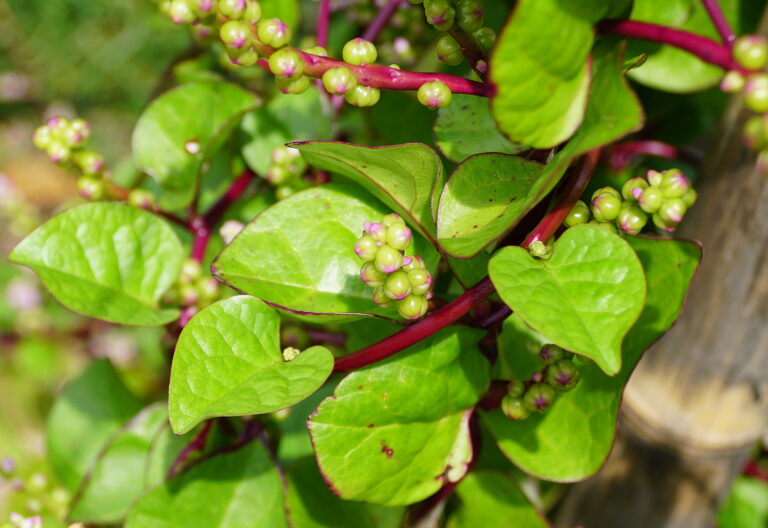How to Start Napa Cabbage Indoors Under Lights
Starting Napa cabbage indoors gives you a head start on the season and ensures vigorous, healthy plants. With over 30 years of experience growing cool-season crops in Sonoma Valley, I’ve perfected techniques that help seedlings thrive under artificial light—producing strong transplants that resist bolting and grow fast once planted outdoors. This guide combines research-backed methods and practical, hands-on insights to maximize your success.
Why Start Napa Cabbage Indoors
Napa cabbage prefers cool weather, but early spring sowing outdoors can be too cold or unpredictable. Indoor starting lets you:
- Control soil temperature and moisture.
- Avoid pests like slugs and flea beetles.
- Give seedlings a strong root system for rapid growth.
From my own garden experience, well-grown indoor seedlings produce larger, more uniform heads and extend the harvest window.
Choosing Containers and Soil
- Use seed trays, cell packs, or small pots with drainage holes.
- Fill with a high-quality seed-starting mix—light, loose, and nutrient-rich. Avoid garden soil which can compact or harbor diseases.
- Lightly moisten the soil before sowing.
Sowing Seeds
- Sow ¼ inch deep, covering lightly with seed-starting mix.
- Space seeds 1–2 inches apart in trays; thinning will be necessary.
- Label trays with sowing date and variety.
Light and Temperature Requirements
- Napa cabbage seedlings need 12–16 hours of bright light daily.
- Place seedlings 6–12 inches under fluorescent or LED grow lights, adjusting as they grow.
- Maintain 65–75°F for best germination.
- Avoid excessive heat or direct sun that can stretch seedlings.
Watering and Care
- Keep the soil evenly moist, never soggy.
- Use a spray bottle or gentle watering can to avoid displacing seeds.
- Once seedlings sprout, reduce watering slightly while keeping soil from drying out.
My Experience
Seedlings grown under consistent light rarely become leggy. If they do stretch, gently bury the stem deeper during transplanting to strengthen roots.
Thinning Seedlings
- When seedlings reach 2–3 inches tall, thin to 1 seedling per cell or 4 inches apart.
- Use scissors to cut weaker seedlings at soil level—avoids disturbing roots.
Hardening Off Before Planting Outdoors
- Start 7–10 days before transplanting.
- Gradually expose seedlings to outdoor conditions: sunlight, wind, and cooler temperatures.
- Begin with 1–2 hours in the shade, increasing daily to full sun.
Transplanting Indoors-Grown Napa Cabbage
- Plant outdoors once soil is workable and temperatures are 50–70°F.
- Space plants 12–18 inches apart in rows 18–24 inches apart.
- Water well after transplanting and mulch to retain moisture.
Final Thoughts
Starting Napa cabbage indoors under lights ensures strong, healthy seedlings ready to thrive in your garden. With the right soil, light, and care, you’ll enjoy a faster, more reliable harvest, producing tender, flavorful heads all season long. My decades of hands-on experience show that consistent indoor care leads to superior transplants and abundant yields.
Napa Cabbage Learning Hub
Start here: The Ultimate Guide to Growing Napa Cabbage
Napa Cabbage Planting & Timing
- When to Plant Napa Cabbage in Spring and Fall
- Napa Cabbage Planting Calendar: Month-by-Month Guide
- Best Soil and Site Conditions for Napa Cabbage
Napa Cabbage Starting & Transplanting
- How to Start Napa Cabbage Indoors Under Lights
- Direct Seeding vs. Transplanting Napa Cabbage: Pros and Cons
- How to Harden Off and Transplant Napa Cabbage for Strong Growth
Napa Cabbage Care
- Watering Napa Cabbage: How Much and How Often
- How to Fertilize Napa Cabbage for Big, Tight Heads
- Protecting Napa Cabbage from Heat, Bolting, and Sun Stress
Pests & Diseases
Harvest & Storage
- How to Harvest Napa Cabbage Without Splitting or Cracking
- Storing Napa Cabbage for Weeks: Simple Home Preservation Tips
Containers & Small Spaces
Varieties
- Best Napa Cabbage Varieties for Home Gardeners
- Short-Season Napa Cabbage Varieties for Cool Climates
Companion Planting




